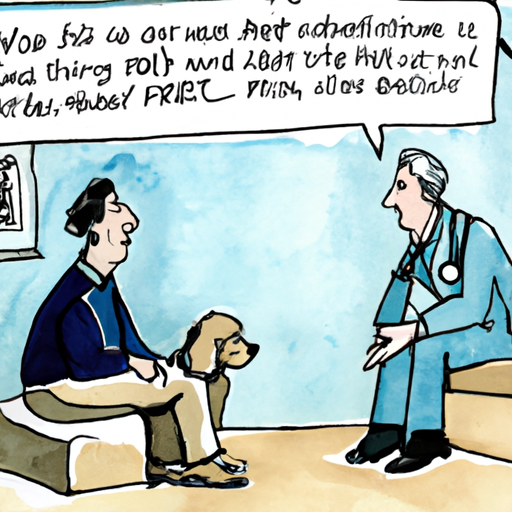As a caregiver for your beloved canine companion, it’s crucial to understand the life cycle of dogs, the various health issues they may face, and how these factors contribute to their lifespan. The following sections will discuss in detail about the causes of death in dogs.
H2: Understanding the Natural Life Cycle of Dogs
Dogs, like all living creatures, follow a natural life cycle: birth, growth, maturity, old age, and ultimately, death. The lifespan of a dog varies greatly depending on their breed, size, and overall health.
- Small Breeds: Generally live longer, often into their mid to late teens.
- Medium Breeds: Typically have a lifespan of 10-13 years.
- Large Breeds: Often live less than ten years.
H2: Common Health Issues in Dogs
Dogs are susceptible to various health issues that can potentially shorten their lifespan. Here are some common health problems dogs may face:
- Heart Disease: Larger breeds are particularly prone to heart disease, which can lead to heart failure.
- Cancer: Can occur in dogs of all ages and sizes, but the risk increases with age.
- Obesity: Can lead to a host of health problems, including diabetes, heart disease, and joint issues.
- Kidney Disease: Often found in older dogs, it can lead to kidney failure if left untreated.
H2: Recognizing the Signs of Aging and Illness in Your Dog
As a caregiver, it’s crucial to recognize the signs of aging and illness in your dog. These signs might include:
- Decreased activity level
- Loss of appetite or weight loss
- Difficulty moving or stiffness
- Changes in behavior
H2: Ensuring Your Dog’s Quality of Life in Their Golden Years
It’s your responsibility as a caregiver to ensure your dog’s quality of life, especially in their golden years. Here are some tips on how to do this:
- Regular veterinary check-ups: Early detection of health issues can lead to more effective treatments.
- A balanced diet: Adjust your dog’s diet as they age, considering their changing nutritional needs.
- Adequate exercise: Keep your dog active to maintain their physical health and mental stimulation.
H2: Dealing with the Inevitable: Saying Goodbye to Your Dog
The final stage of a dog’s life can be the most challenging for caregivers. It’s important to understand and accept the inevitability of their death and ensure they pass with dignity and without suffering.
Frequently Asked Questions
Q: What is the average lifespan of a dog?
A: The lifespan of a dog generally ranges from 10 to 13 years, but it can vary depending on breed, size, and health.
Q: How can I tell if my dog is sick?
A: Common signs of illness include changes in behavior, loss of appetite, weight loss, and difficulty moving.
Q: What can I do to help my dog live longer?
A: Regular veterinary check-ups, a balanced diet, and adequate exercise can contribute to a longer, healthier life for your dog.
Q: How do I cope with the loss of my dog?
A: Grief is a personal experience and it’s okay to mourn. Seek support from loved ones or consider joining a pet loss support group.
Q: Should I get another dog after mine passes away?
A: The decision to get another dog is a personal one. It’s important to take the time to grieve and consider if you’re ready for the responsibility of a new pet.



